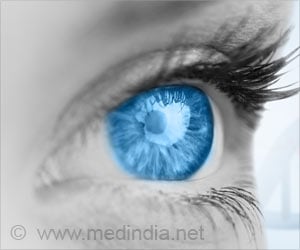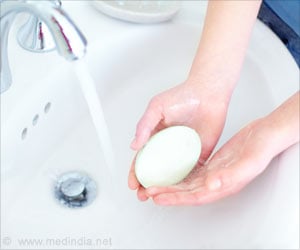Newer generation lasers have improved the safety and precision of a controversial treatment option for a common eye problem.

TOP INSIGHT
For some people floaters are a mere annoyance, but those with large floaters experience significant interference with their vision and daily functioning.
About one-quarter of people have some vitreous changes with floaters by age 60. By age 80, the number rises to about two-thirds. People are more likely to have them if they are near sighted or have had cataract surgery. For some, floaters are a mere annoyance, but those with large floaters experience significant interference with their vision and daily functioning. A 2013 study found that about one-third of patients say floaters interfere with their daily activities.
Using a laser to break up larger floaters into smaller pieces so they are less visually disabling dates back to the 1980s. But most physicians counseled against using lasers to treat floaters due to reports that the laser couldn't properly visualize floaters, which could lead to inadvertent damage to the lens or retina, the light sensitive part of the eye that is essential to sight.
As laser technology has advanced, newer generation lasers have been designed to maximize visualization of the floaters in relation to the lens and retina. Energy is delivered more efficiently to break up or even vaporize floaters. These improvements have raised the possibility that treatment of floaters could become a mainstream procedure in ophthalmology.
"The procedure and new technique is slowly growing in acceptance, and an increasing number of ophthalmologists are adopting it in Europe and the U.S.," said Dr. Singh. "We have also founded the International Ophthalmic Floater Society, which is open to ophthalmologists worldwide. It's aimed at studying the merits of this and other treatment options, sharing experiences and protocols, and raising awareness."
Source-Eurekalert
 MEDINDIA
MEDINDIA



 Email
Email










